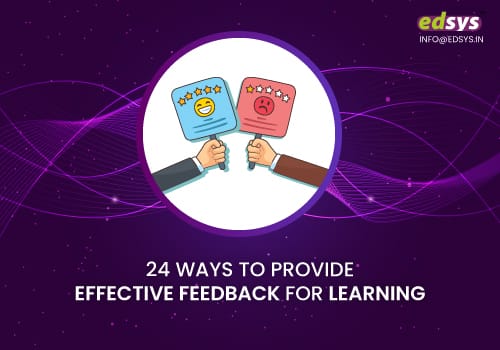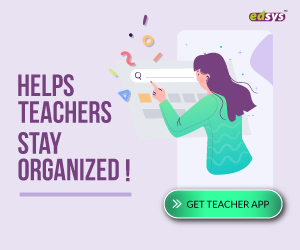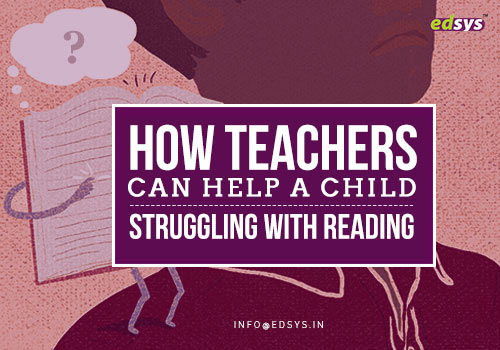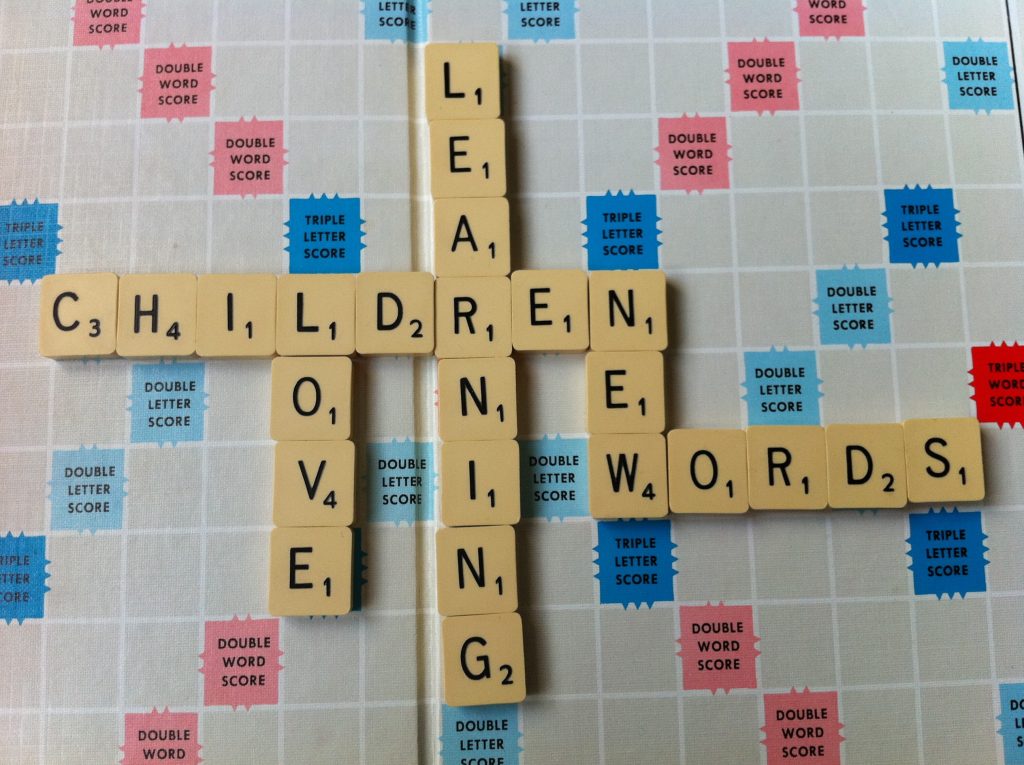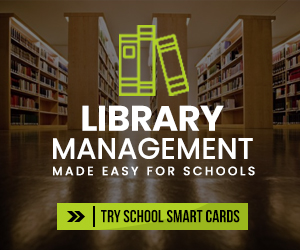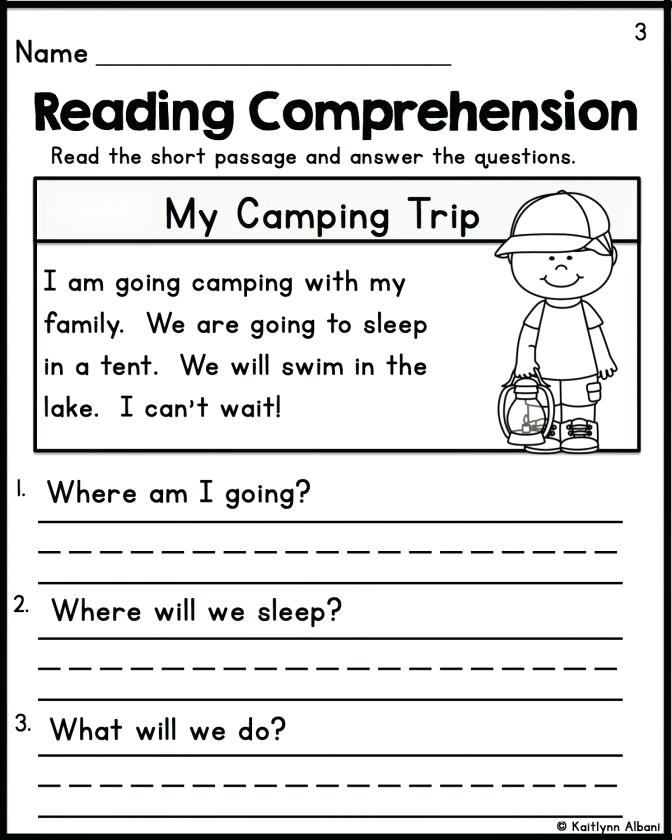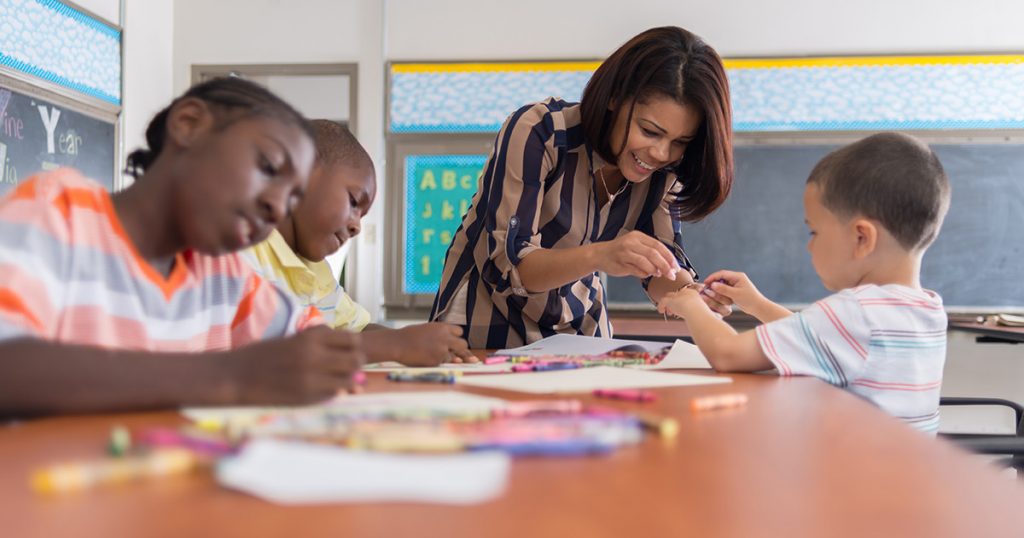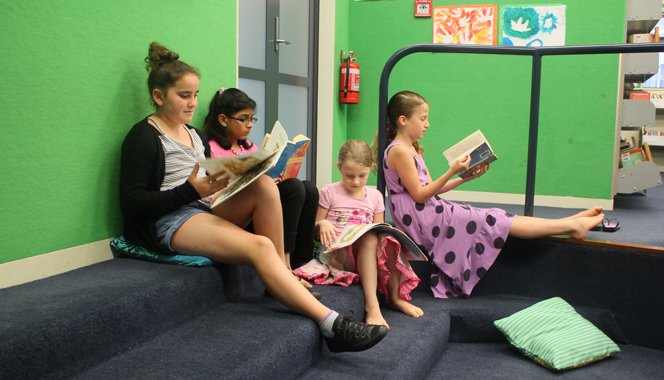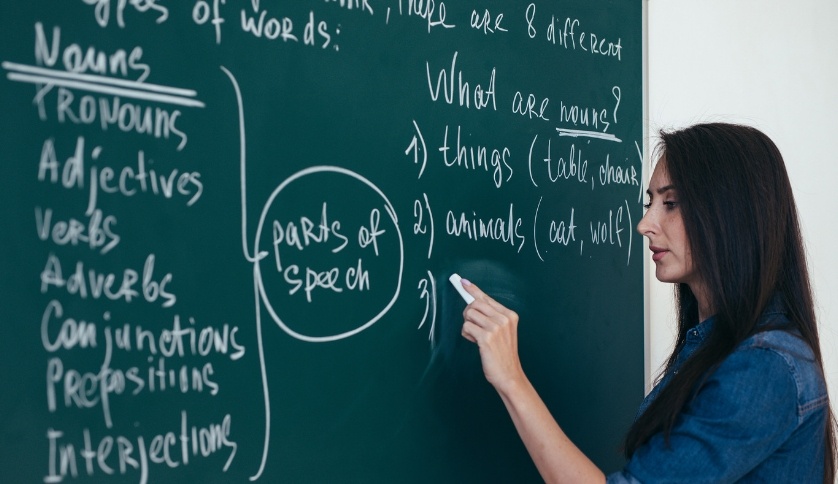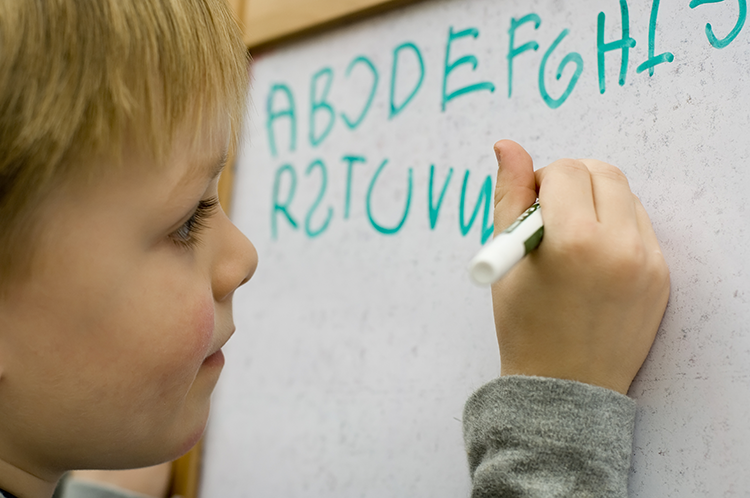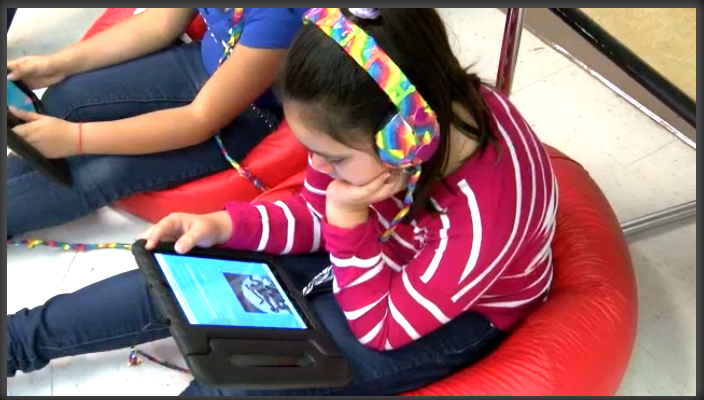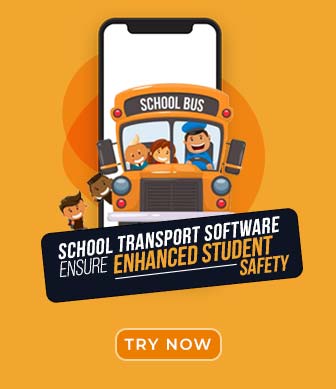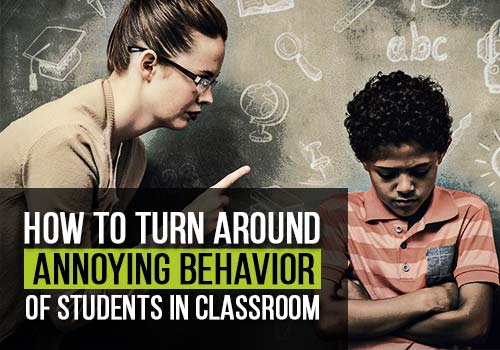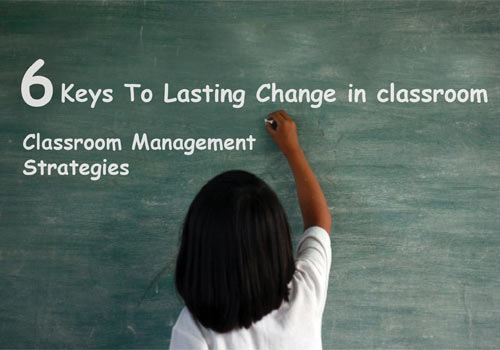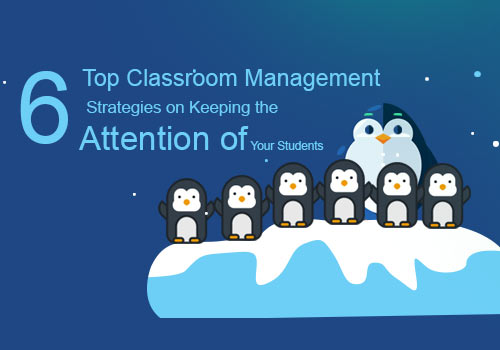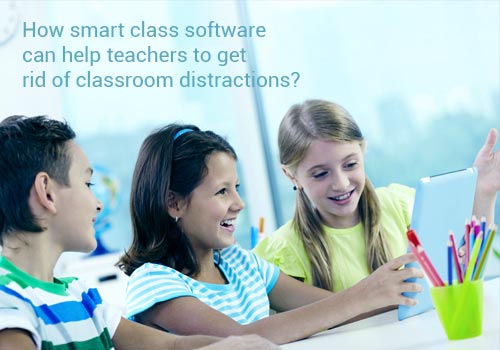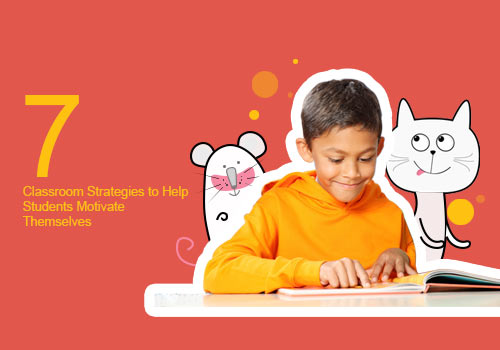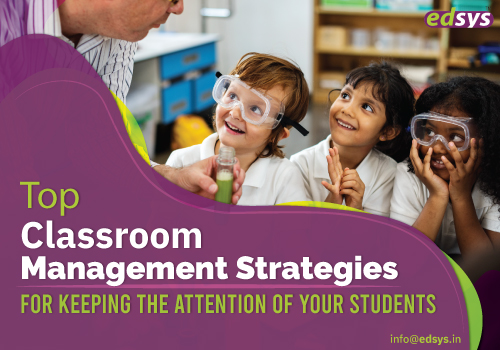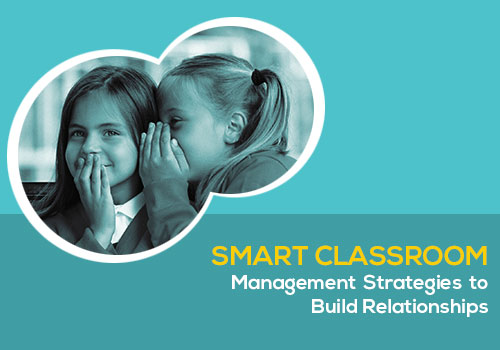Work from Home Tips For Teachers
The outbreak of Covid 19 has left us with an unexpected time.
Classes have moved online and teachers are working from home to cope with online classes. Though it was hard for teachers, in the beginning, to move online, they have put their efforts to give it a smooth go.
With the right effort, we have to stay productive to stay at the top of our professional game during these unprecedented times.
To an extent, we are all in the same boat, struggling to have a smooth flow in this pandemic period.
Here, to help teachers have a well-organized work from home time. Let me share some effective tips for working from home teachers.
1. Designate a Workspace
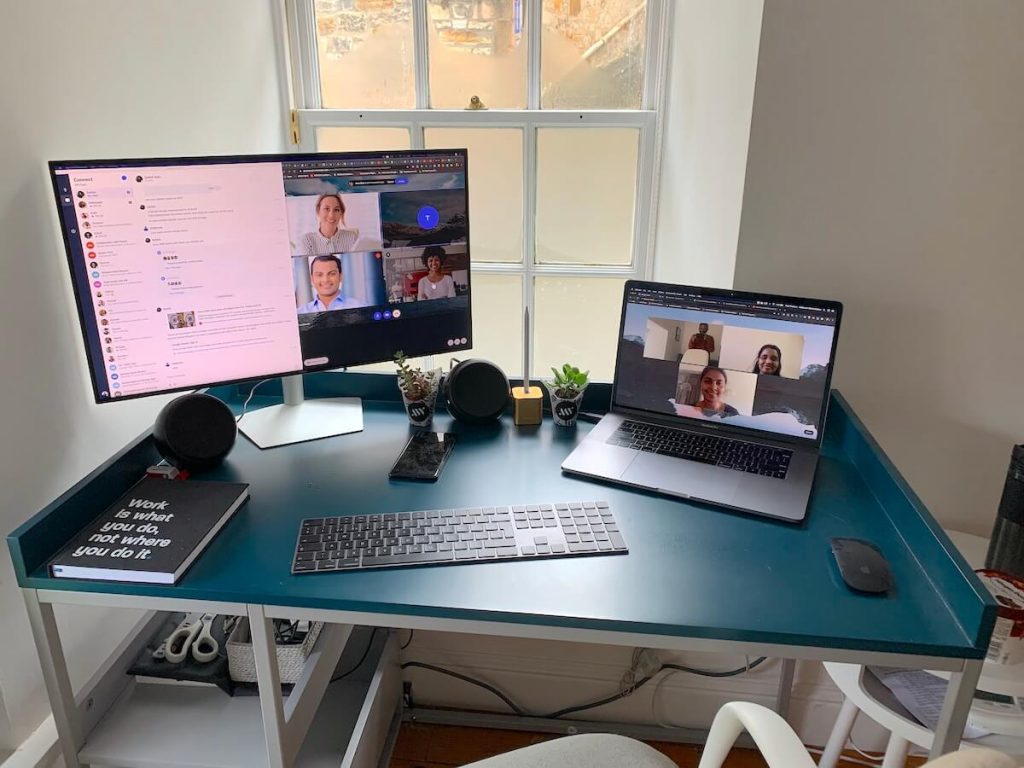
Initially, set up an area of your home as your workspace. Make sure the place can give you positive energy. Place some indoor plants nearby and occupy in a well-lit room.
Sitting down in this workspace should signal your brains that it’s time to focus.
Also Read: 14 Best Virtual Teaching Tips For Teachers
Move away from your designated work area when you are not airing online classes or other activities.
2. Get Ready for the Day
Even if you are working from home, try to get up early after your 8-9 hours of sound sleep. Do your routines, take a shower and get dressed for the day.
Designate some comfortable work wear, do your hair and simple makeup, and then give it a go.
Once you are ready, move to your workspace. Be prepared with the classes and notes you need to deliver on the day.
3. Set a Schedule
Come up with a clear schedule rather than a vague one. Either use a digital schedule or make use of sticky notes to stick them in a place visible to you always.
4. You are what you eat

Get ready with your meals and snacks plan at the beginning of the week or day. It can prevent you from working at the point of hunger and then scrambling for food.
Include healthy foods in your diet such as eggs, dark chocolate, pumpkin seeds etc to boost your concentration and memory.
Avoid too much intake of sugary drinks, processed and refined foods.
5. Take a Short Walk
We are all aware of the importance of walking, so spend at least 20 minutes a day for walking. You can add this to your routine by walking once or twice a day.
Give a walk especially when you are frazzled or indecisive. At the time of a frazzled mind, you can get rid of it by a walk.
6. Warm Check-in
Start your daily class sessions by greeting one another. Student these days must be missing their teachers and friends. So, in order to create a feeling of being noticed, share warm welcome with each other. Teachers when streaming live classes show up your face and also give attention to all students every day. I am sure, it won’t take much time and also students will feel good.
7. Record your lectures- rather than streaming

In a class of about 50-60 students, a minimum of 10 students may have issues in accessing internet. And there are chances for them to miss live streamed classes, so in order to avoid such situations, record videos instead and send them to your students, so that they can watch video lessons in their own time.
8. Show your Face
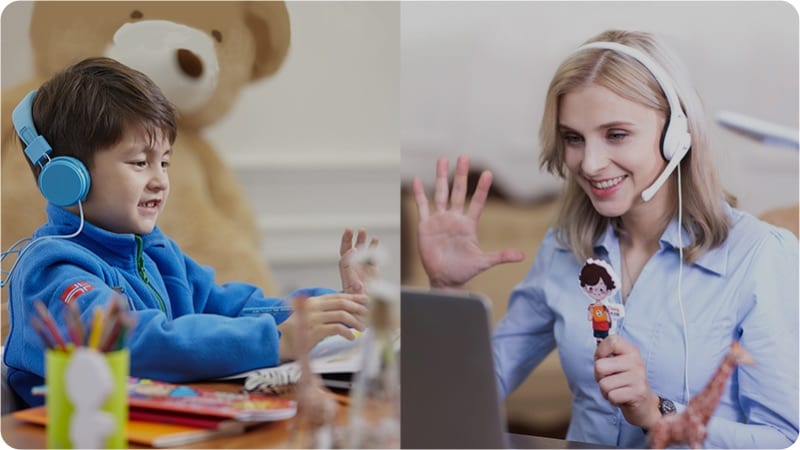
It is found that students tend to listen more to the videos having their teacher’s faces than simply narrated ones. It can give them a feeling of attending real lectures from their own teachers.
9. Keep Videos Short
Keep your videos short –up to 15 minutes maximum. Long videos can cause downloading issues and learner distractions. If you didn’t cover up a particular topic in 1 video, it is always better to split it into 2-3 videos.
10. Use Existing Resources

It is unrealistic to expect each teacher to prepare the whole semester’s high-quality resources on their own. It is indeed time-consuming and also difficult. So, you can make use of existing resources and provide your students with relevant links.
11. Make sure they’re open access
Double-check the resources before sharing with students that they are open to access. If any of the suggested resources are not accessible, you will start getting your inbox with messages from students regarding this. So, in order to avoid this headache, make sure the resources are open to access. It can save both of your time.
12. Give specific information
If you are suggesting a 20 min long video resource, suggest them the exact portions to watch. For ex: from 13.27 to 17.34. It can make students more curious and also, they will pay attention to the relevant portion.
Also, if you are allotting 2-3 resources at a time, label them in a specific order. For ex: the video to be watched first, easy resource etc.
13. Provide Interactive Activities
To make learning interesting, you can give quizzes or group activities once in a while. There are options in some of the learning management systems like Edsys, Moodle, Blackboard, Edmodo etc to create and assign interactive quizzes for students.
You can even give some activities to your students, just to make them refreshed!
14. Set Reasonable Expectations
Assign students some quiz questions and ask them to find the answers by referring the given resources if needed. Or else ask them to summarize a topic with reference to the resources
15. Repeat
Students get stick on to specific teaching-learning styles. So, as a teacher, when you find your comfortable teaching style, hold it on and make your students also follow the same pattern. Repeat the same teaching pattern until you are back to your classrooms.
The bottom line
Online teaching during this time may not be what you have planned, still make the maximum out of it. You may find yourself as spending an extended summer vacation or holidays.
Though it may take time to adjust with the new normal, give yourself the best, to tune rightly to overcome all the difficulties and to go with the flow.
Also Read: 15 Virtual Classroom Technology and Apps
Trust yourself and give yourself a pat for what you have accomplished in your life and work life, though there have been some speed bumps on the way you come across.
Inhale deeply! Remember, we’re all in this together!



